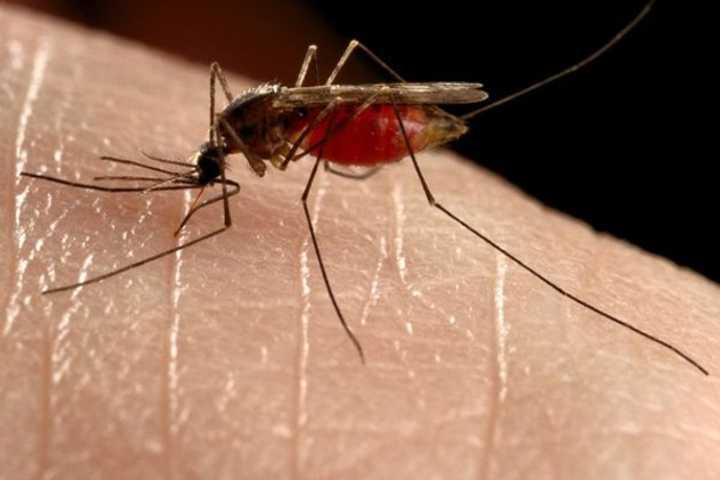Officials said Monday, Sept. 16, that a resident of East Lyme tested positive for the disease and remains hospitalized.
“EEE is a rare but serious and potentially fatal disease that can affect people of all ages,” cautioned DPH Commissioner Renée Coleman Mitchell. “Using insect repellent, covering bare skin and avoiding being outdoors from dusk to dawn are effective ways to help keep you from being bitten by mosquitoes.”
The EEE virus has been identified in mosquitoes in 12 towns and in horses in two other towns. Towns, where mosquitoes have tested positive for EEE, include Chester, Haddam, Hampton, Groton, Killingworth, Ledyard, Madison, North Stonington, Plainfield, Shelton, Stonington, and Voluntown, the department said.
To avoid contracting the disease, officials advise against unnecessary trips into mosquito breeding grounds and marshes as the mosquitoes that transmit EEE virus are associated with freshwater swamps and are most active at dusk and dawn.
Overnight camping or other substantial outdoor exposure in freshwater swamps in Connecticut should be avoided, the department said.
Severe cases of EEE virus infection (involving encephalitis, an inflammation of the brain) begin with the sudden onset of headache, high fever, chills, and vomiting. The illness may then progress into disorientation, seizures, and coma. Approximately a third of patients who develop EEE die and many of those who survive have mild to severe brain damage.
There is no specific treatment for EEE.
Click here to follow Daily Voice Norwalk and receive free news updates.
